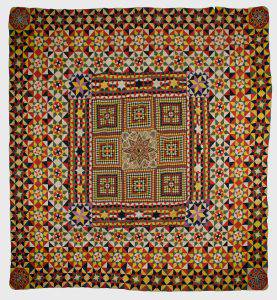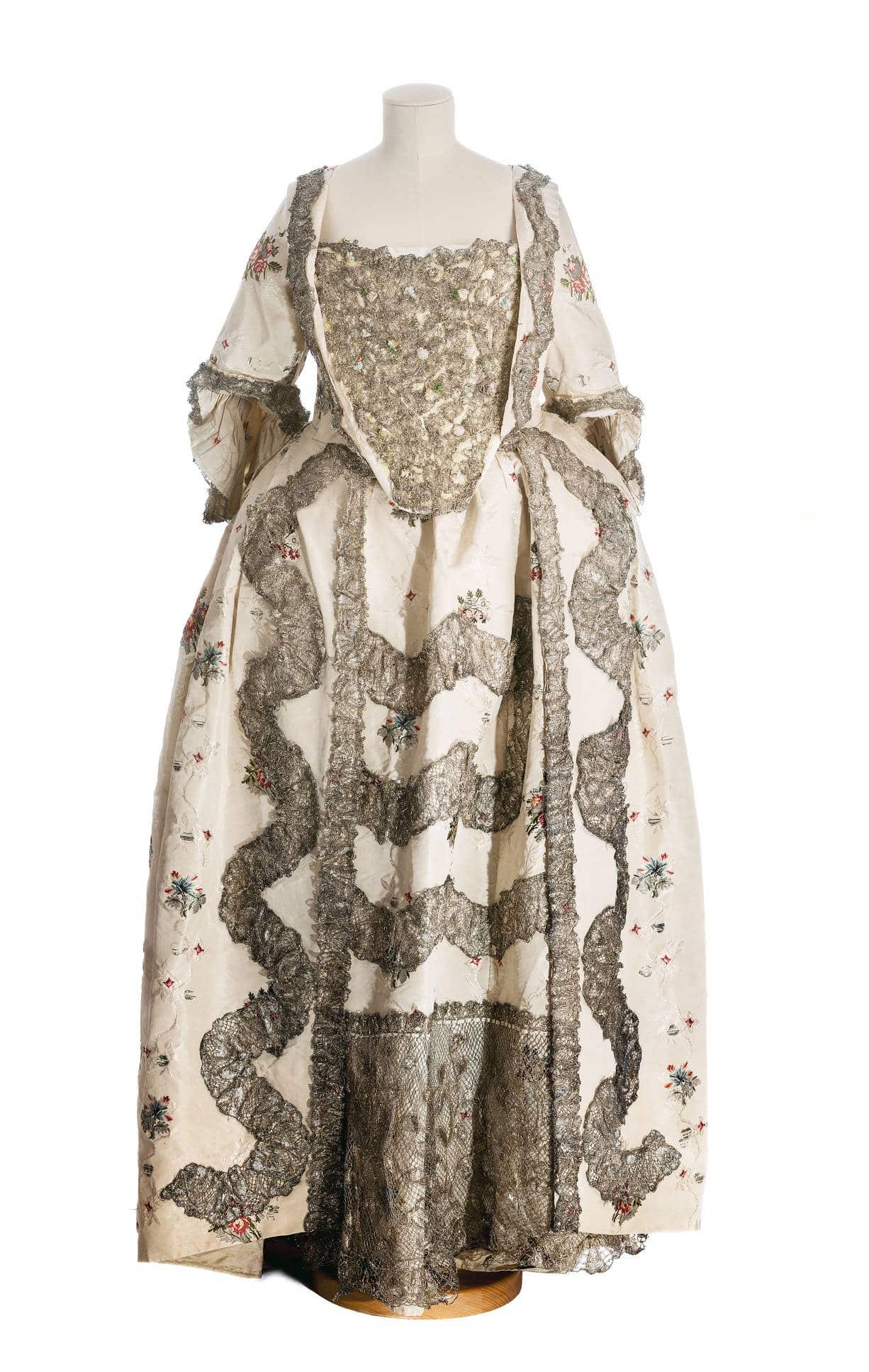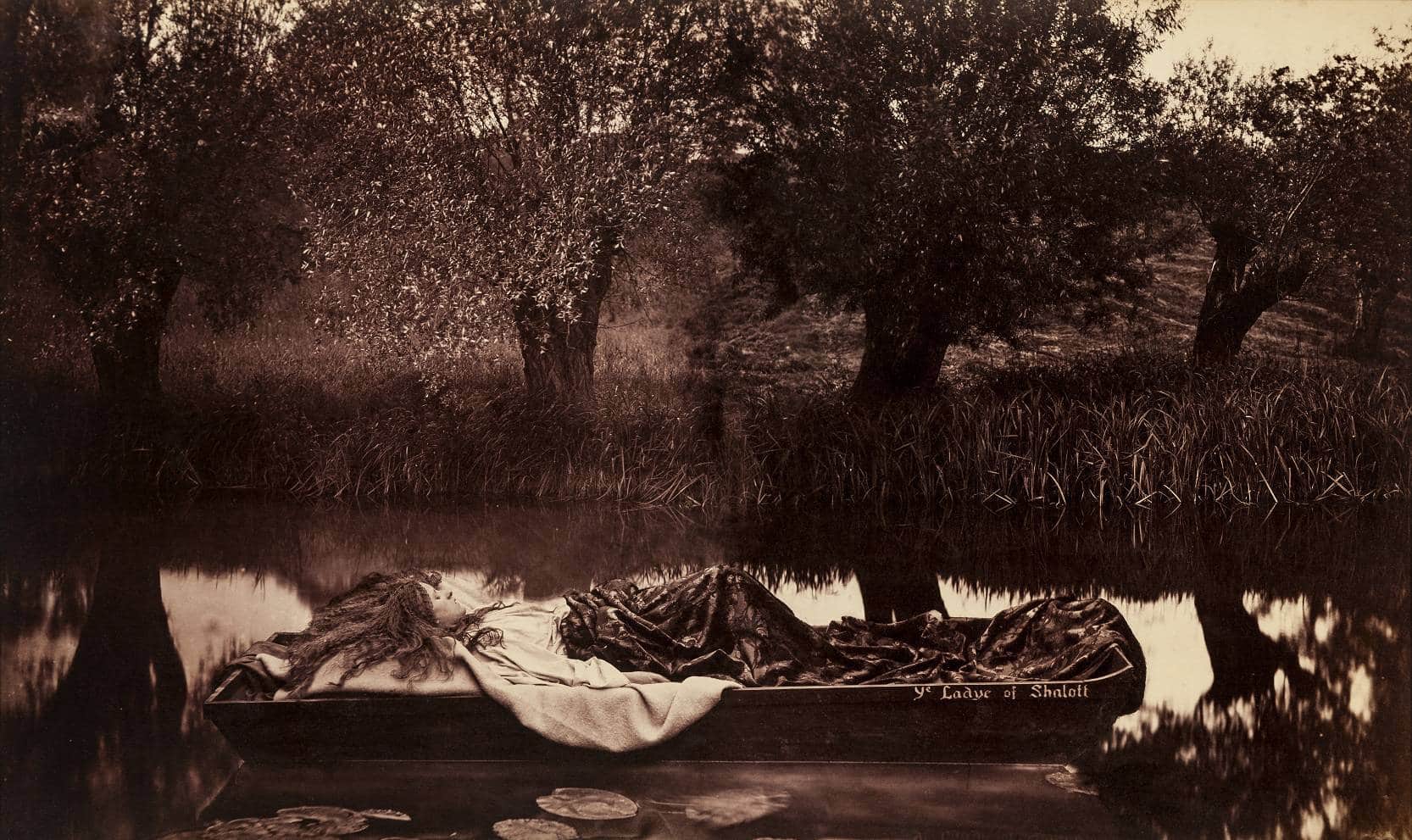THE vast majority of objects belonging to the Tunbridge Wells Museum and Art Gallery are held in storage beneath the Civic Way building or, in some cases, taking up entire offices previously used by staff.
This treasure-trove of artefacts reflecting the extensive heritage of the town comprises of 60,000 separate items, ranging from portraits to tapestry and an extensive entomology collection.
However, with the aid of funding from the Heritage Lottery Fund, Tunbridge Wells Borough Council is pushing ahead with a scheme that will allow many of the objects currently hidden from view to finally be put on public display.
At the moment 90 per cent of the museum and gallery’s artefacts are held in storage, but if given the go-ahead, the £12.3million Cultural and Learning Hub project could see this figure reduced by half.
Additional funding for the project will come from Kent County Council, which runs the Adult Education centre and the library – both of which will be incorporated into the new complex – as well as the Arts Council.
“We have fantastic collections belonging to the museum and gallery that we cannot show because of a lack of space”
Cllr Jane March explained the reasoning behind the project: “The initial idea came around four years ago, when Council Leader David Jukes went to look at a series of paintings by Joshua Reynolds called the Camden Collection.
“These are beautiful pieces but we ended up having to store them in the office of Jo Wiltcher, the Museum Manager. She had to move out because there is no room and we do not have a proper portrait gallery.”

The exhibition at Tate featured the Crimean War Quilt, c. 1850 – 1890: sewn by convalescing soldiers from about 10,000 coloured wool pieces used in their uniforms. This rare quilt is about 2.5 x 2.5 m
She said culture was one of the main ‘drivers’ of the local economy and the town’s offering helps draw visitors from across the world.
“But we have fantastic collections belonging to the museum and gallery that we cannot show because of a lack of space,” she added.
Co-operation between the borough and county councils have since led to early blueprints of a unified building, incorporating all the currently separate elements of the site, taking shape.
By utilising space currently occupied by huts situated adjacent to the narrow through road Monson Way, the centre will be able to accommodate a new art gallery – capable of hosting visiting exhibitions – a visitor café, tourist information centre and ‘interactive space’, under one roof.
In addition, work will be undertaken to ensure the hub is as open plan as possible to allow items of interest to be displayed throughout the building and not just concentrated in a single part of it.
Work on the project is currently at RIBA (Royal Institute of British Architects) Stage two, meaning it is at a concept phase.
Blueprints from architects Purcell are now on display in the museum and the council stating it welcomes feedback on the plans.
It is hoped that the new complex will boost visitor numbers to around a ‘conservative’ estimate of 440,000 per annum in 2020 when the project is completed – 70,000 more than currently.
By getting to Riba stage two, the two councils are able to demonstrate to the Heritage Lottery Fund and Arts Council that their plans are deliverable, which will allow them to start drawing on the £5.3 million the two organisations have earmarked for the scheme.
Speaking on behalf of Kent County Council, Cllr Peter Oakshot said: “What this does is it creates a destination for Tunbridge Wells by brining everything under one roof. It will be somewhere the whole family can come for a day out.”

Pic: Dress – Silver lace and silk ‘sack-back’ dress, 1750 – 1760. Believed to have been worn at the court of George III.








